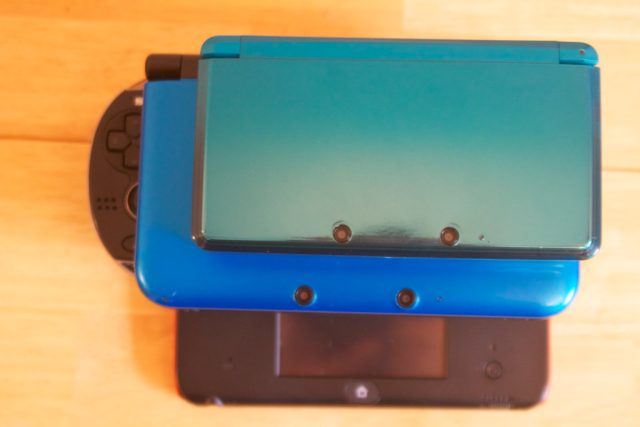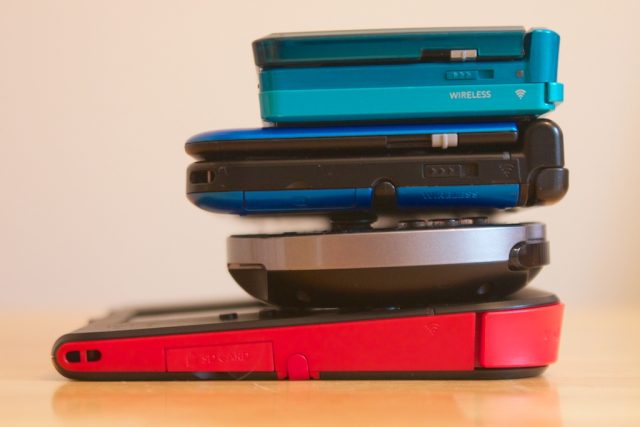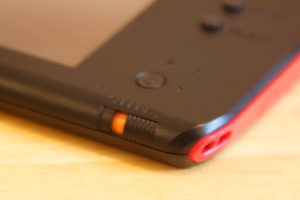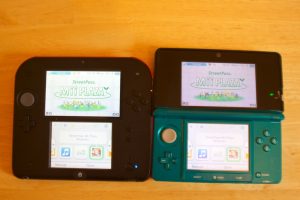At this point, we're used to Nintendo releasing slightly tweaked cosmetic refinements to its portable systems pretty frequently (the latest example of the trend, the 3DS XL, came just last year). That said, the August announcement of the Nintendo 2DS was still surprising simply due to the sheer scale of Nintendo's proposed redesign. Not only is Nintendo saying goodbye to the 3D gimmick that started out as one of the 3DS' main selling points, but it's also throwing out the folding hinge design that has served its portable line so well ever since the Game Boy Advance SP.
The redesign reportedly brings with it significant cost savings on Nintendo's part, which helps drive the 2DS' price down to a very attractive $129 (compared to $169 for the 3DS and $199 for the 3DS XL). But this handheld also comes with a few annoyances that detract from the gaming experience. All in all, the 2DS is a passable entry-level device for price-conscious consumers, but the standard 3DS or 3DS XL are worth the extra money.
Mostly comfortable
As far as the internal hardware is concerned, the 2DS is identical to the 3DS that came before it, right down to the same size battery pack. Everything from the system menu to the software compatibility, screen size, and 3D camera (yes, the system takes 3D pictures, even though it can't display them natively) is exactly the same as it was in the standard 3DS, so we're not going to rehash that here.
The changes here are all to the form factor and aesthetics, and they take a little getting used to. The buttons are shifted up along the side of the system so that users can reach the extra-large shoulder buttons that are now above the top screen (as opposed to above the bottom screen's folded half, as on other DS systems). This means the 2DS' bottom corner doesn't cradle easily into the center of your palm when you hold it in your hands. Instead, the slightly rounded-but-still-too-pointy corners dig into the bottom of adult-sized palms, a bit too close to the wrists to really be comfortable.










 Loading comments...
Loading comments...
